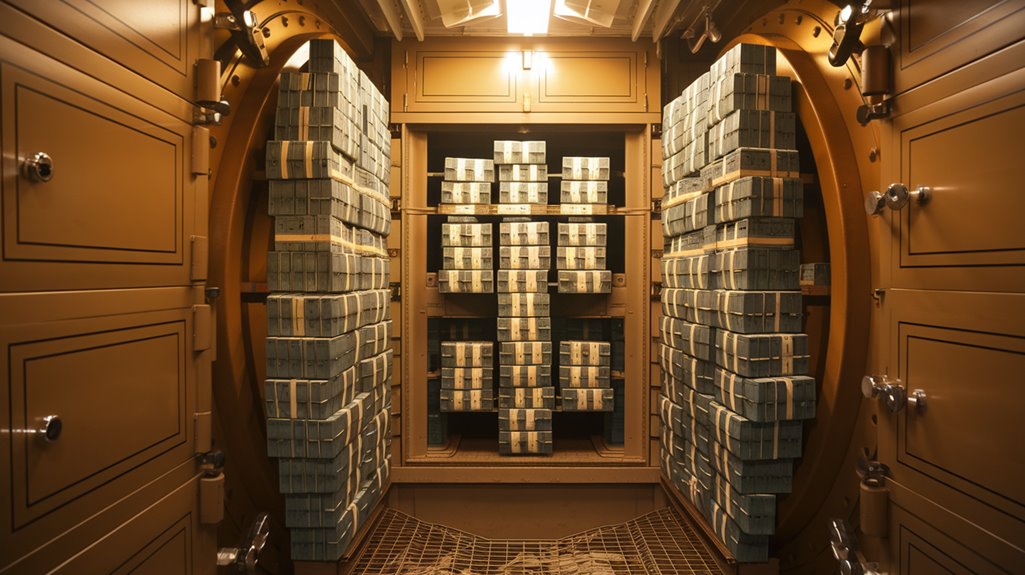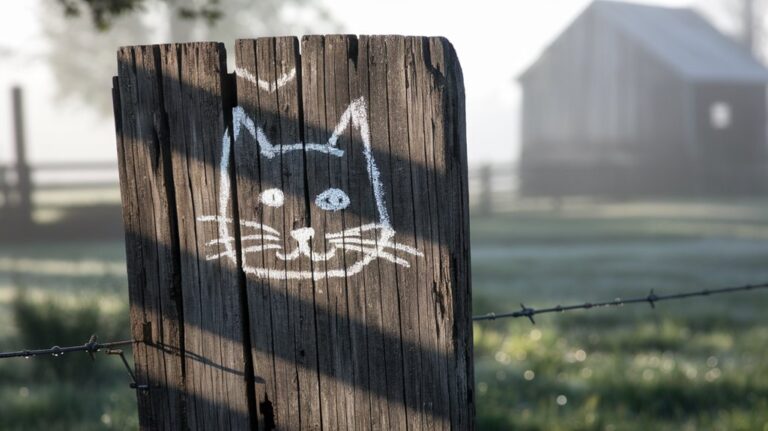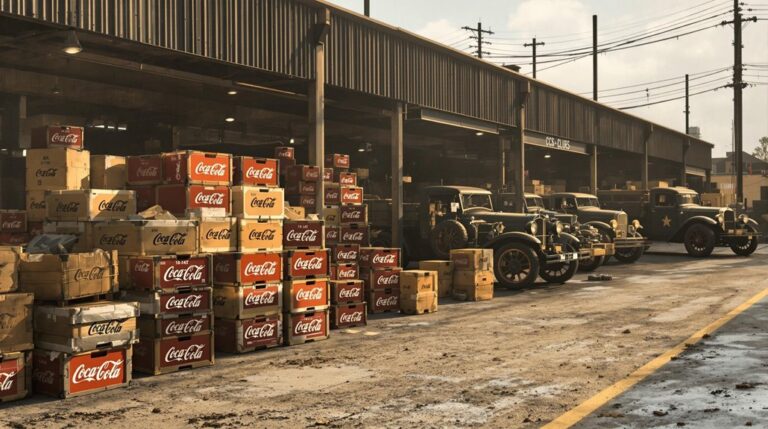The Boston Brinks Job: The “Crime of the Century
You've probably heard of famous heists like the Great Train Robbery or Ocean's Eleven, but nothing quite matches the audacity of the 1950 Boston Brinks Job. When eleven men walked away with $2.7 million ($29 million today) from what was considered an impenetrable fortress, they didn't just steal money—they captured America's imagination. The precision, planning, and almost theatrical execution turned a robbery into legend, and what happened next would prove even more fascinating.
The Perfect Crime Takes Shape: 18 Months of Planning
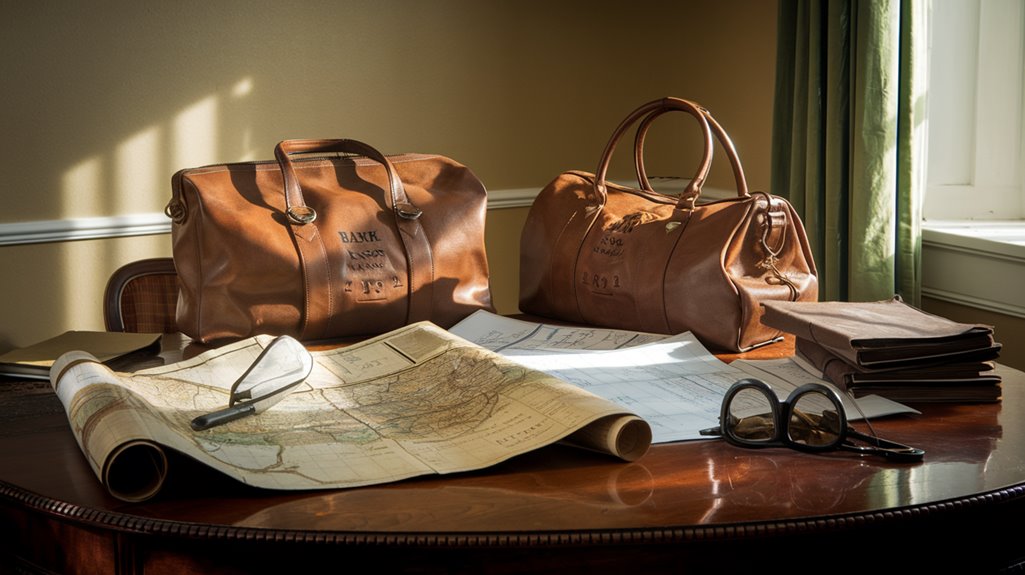
While many robberies are hastily planned, the 1950 Brinks heist in Boston's North End emerged from meticulous preparation that began in December 1948.
The heist psychology behind this operation was masterful, with Anthony "Fats" Pino leading a carefully selected crew of 11 men based on their unique skills and expertise.
You'll find the criminal logistics were equally impressive. The gang's attention to detail included stealing and duplicating lock cylinders from five doors, conducting rooftop surveillance with binoculars, and even temporarily taking building plans to study the alarm system.
They'd perform five practice runs to perfect their timing, while Pino secured authentic-looking uniforms and weapons to guarantee their disguises were flawless. The robbers donned chauffeurs caps and masks during the actual heist, leaving behind crucial evidence at the scene.
Every aspect of the plan reflected an unprecedented level of sophistication and patience.
The Night That Made History: January 17, 1950
Seven expertly disguised men slipped into the Brinks building on January 17, 1950, launching what would become America's most notorious heist.
Despite tight security measures, the robbers, wearing masks including a Captain Marvel disguise, quickly overpowered five employees. They'd meticulously planned every detail, from their quiet rubber shoes to their precise timing at 6:55 PM.
In just 35 minutes, they executed these vital steps:
- Bound and gagged all employees with rope and tape
- Emptied the vault of $2.7 million in cash and securities
- Escaped in a stolen truck with 14 canvas bags of loot
The heist aftermath left investigators baffled, with minimal evidence to work from – just a chauffeur's cap, some tape, and rope. The FBI spent years following leads until they discovered a crucial piece of evidence: a revolver used in the robbery.
You wouldn't believe that less than $60,000 was ever recovered.
Inside the Heist: Masks, Money, and Military Precision
Behind the most infamous heist in American history lay months of meticulous preparation.
You'd be amazed at how the gang left nothing to chance, spending countless hours studying blueprints, practicing their moves, and even breaking into an alarm company to understand Brinks' security system.
On the night of the heist, seven men in rubber Halloween masks and chauffeur uniforms stormed the building at precisely 7:10 pm.
They tied up five employees and accessed the vault during a vulnerable shift change. The money collection was swift – in just 20 minutes, they filled canvas bags with cash and securities.
Their military-like precision extended to their escape plan, using a stolen truck for the loot while a second vehicle blocked any pursuit.
They left almost no evidence behind – just a cap, some rope, and tape. The authorities spent nearly six years investigating before one gang member confessed, leading to multiple arrests in January 1956.
The FBI's Relentless Hunt
After the historic heist left Boston reeling, the FBI launched one of its most intensive manhunts ever. Under J. Edgar Hoover's direct supervision, FBI strategies included relentless surveillance, constant pressure on suspects, and exploitation of internal gang conflicts.
Despite initially detaining 13 people and offering a $100,000 reward, investigators faced significant challenges with minimal physical evidence and untraceable small bills. The gang had spent months practicing their timing and making special keys to execute what they originally planned as a simple burglary scheme.
The breakthrough came through witness cooperation when Joseph O'Keefe finally testified. The FBI's persistence paid off through:
- Continuous pressure on jailed suspects
- Extensive surveillance operations
- Strategic use of informants
This methodical approach led to the identification of all 11 robbers by 1956, with eight receiving life sentences.
However, success was bittersweet – less than $60,000 of the stolen $2.7 million was ever recovered.
Betrayal and Justice: The Fall of Boston's Greatest Robbery Gang
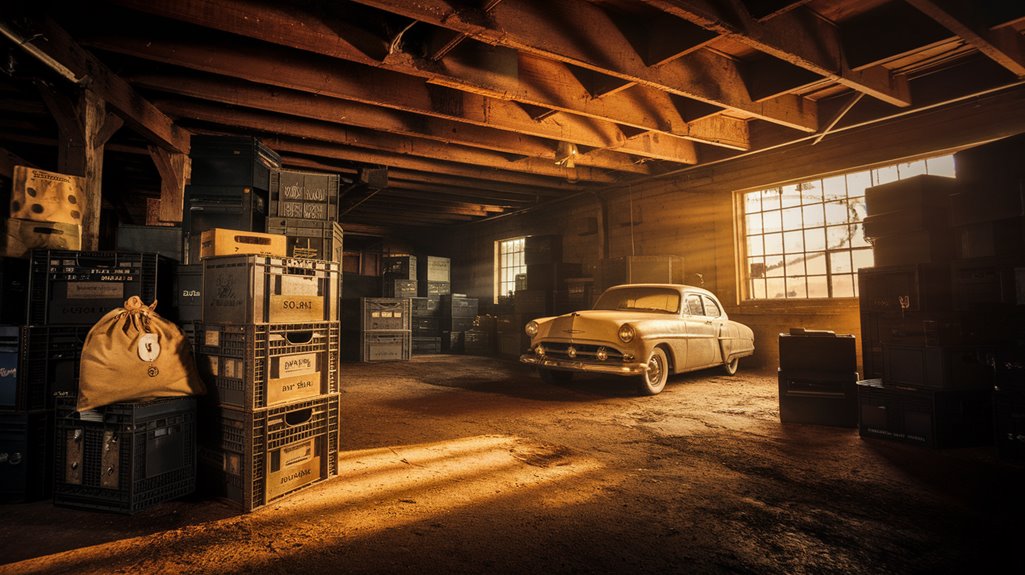
The FBI's relentless pursuit found its breakthrough in an unexpected source: internal gang betrayal.
When Joseph "Specs" O'Keefe felt cheated out of his share, the fragile gang dynamics crumbled, shattering any notions of criminal loyalty among the thieves.
O'Keefe's January 1956 confession became the key that revealed the entire case. His testimony exposed Anthony "Fats" Pino as the mastermind and revealed the roles of all eleven gang members.
The gang spent almost two years meticulously planning every detail of the heist.
This betrayal led to swift justice – eight surviving members received lengthy prison sentences, with Pino getting life.
While O'Keefe secured a reduced sentence for his cooperation, the gang's $2.8 million score remains largely unrecovered. Less than $60,000 was found, leaving millions still hidden somewhere in Boston's shadowy corners.




